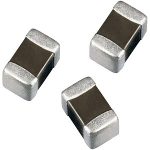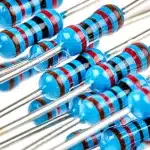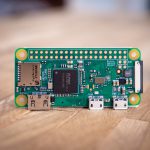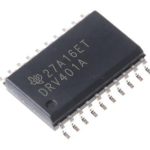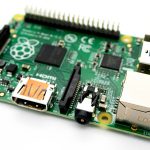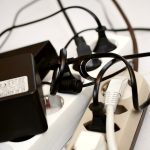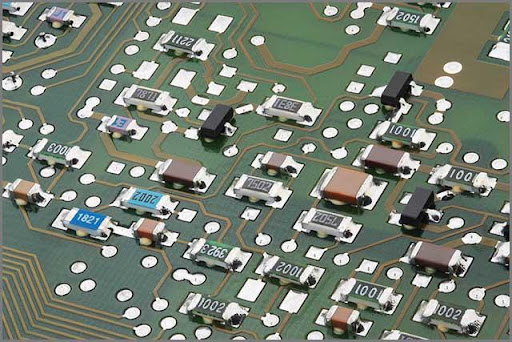
Surface-mount resistors are widely used along with several other surface-mount components. The majority of consumer, commercial, and industrial electronics are manufactured using surface-mount technology. Surface Mount Resistors, also known as surface mount devices or SMD, are appropriate for many applications, including surge, pulse, and voltage applications. These are small rectangular components with silver conductive edges on either of the ends.
They offer significant advantages in providing some space on a printed circuit board. The resistance value will be stated as it is coded on the resistors. A solder paste is applied to attach them to the printed circuit board, and the resistor is placed on these pads through pick and place equipment. The board is wholly passed through an oven to melt the solder and form strong connections.
Why are Surface Mount Resistors Used?
Surface Mount Resistors are highly used and are the most popular resistors for use in electronic components because of their high reliability and small size. Surface-mount resistors are widely used across many industries and applications, including automotive, telecommunications, medical equipment, displays, and personal devices. They are effectively used in advanced research instruments.
Surface-mount resistors function similarly to the traditional axially leaded resistors but have comparatively lower dissipation capacity and sometimes a low stray inductance capacity. These resistors come in many varieties. They can be thick films that are widely used, thin film that provides high stability and accuracy, metal strips utilized for current sensing, or wire-wounded, which are moulded in their construction in contrast to a flat chip.
Surface Mount Technology
Many other electronic components use surface mount technology besides SMD. This technology has become popular in manufacturing electronic components as it allows a faster and more reliable construction of printed circuit boards.
With surface mount technology, the components can be directly placed onto the printed circuit board. Because of this, the leads would not have to pass through the board that always creates issues for automated manufacture.
Construction of Surface Mount Resistor
SMT are rectangular compact size resistors, and that is why they are also known as chip resistors. They have metalized areas at either of the ends in the main ceramic body, and then they can be fitted on a printed circuit board that consists of pads onto which both ends are set to allow the connection. The resistor is made by using ceramic or alumina substrate. The end connection electrode will be put onto this and then heated up using fire to ensure that they are securely held in place.
After this, a thin material film is deposited, which is usually a metal oxide or metal film. In this stage, the resistor is fired again—the component’s resistance by the length, thickness, and material. However, the resistive element can trimmed using a YIG laser to obtain the required resistance.
When the resistive component has been finished. It is covered with progressive layers of a defensive coat, which are undeniably permitted to attempt between the applications. These layers of the protective coat prevent mechanical harm, yet in addition, forestall the entrance of dampness and different foreign substances. The last stage is to apply a marking if the resistor is adequately giant for this.
When the resistors have been finished, they are bundled either in a type of blister roll for use on pick and spot machines, or they can provided as loose parts. Which again can utilized by pick and space machines. As the SMD resistors are produced utilizing metal oxide or metal film. And safeguarded utilizing tough covering, they are steady and have a decent temperature and time resilience.
SMT Resistors Markings
Surface Mount Resistors are very small. And some of the sizes like 0201 might not have empty space to put the markings on them. The SMT resistors always loaded in reels or a pick. And place machine that automatically positions the resistors and the reel is marked. However, it is not always crucial to be marked. In contrast to leaded components that use color codes, SMT resistors are marked using figures. Different coding systems used to mark these resistors. But the most commonly used ones consist of three numbers with two significant figures and a multiplier. These markings make identifying the various SMT resistors easier and use them for suitable applications. However, it is not always the case for them to have such marking as the size of some SMT resistors is very small. And there is no space for markings.







